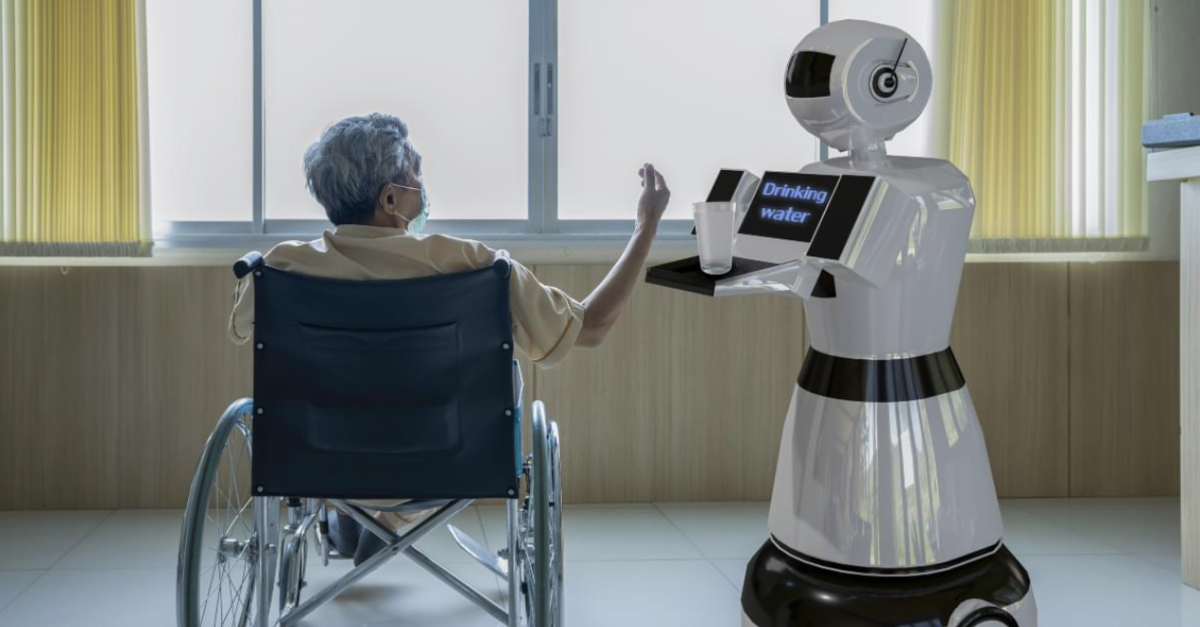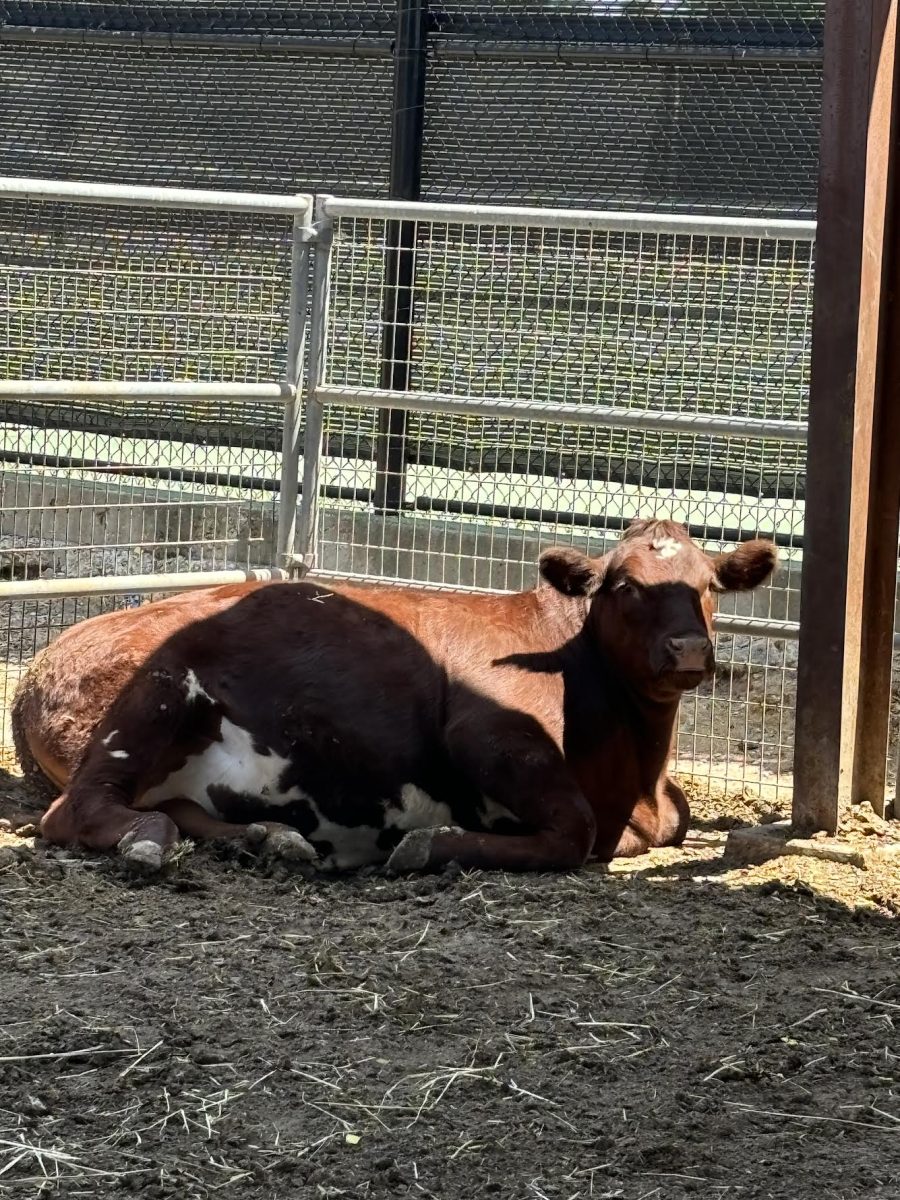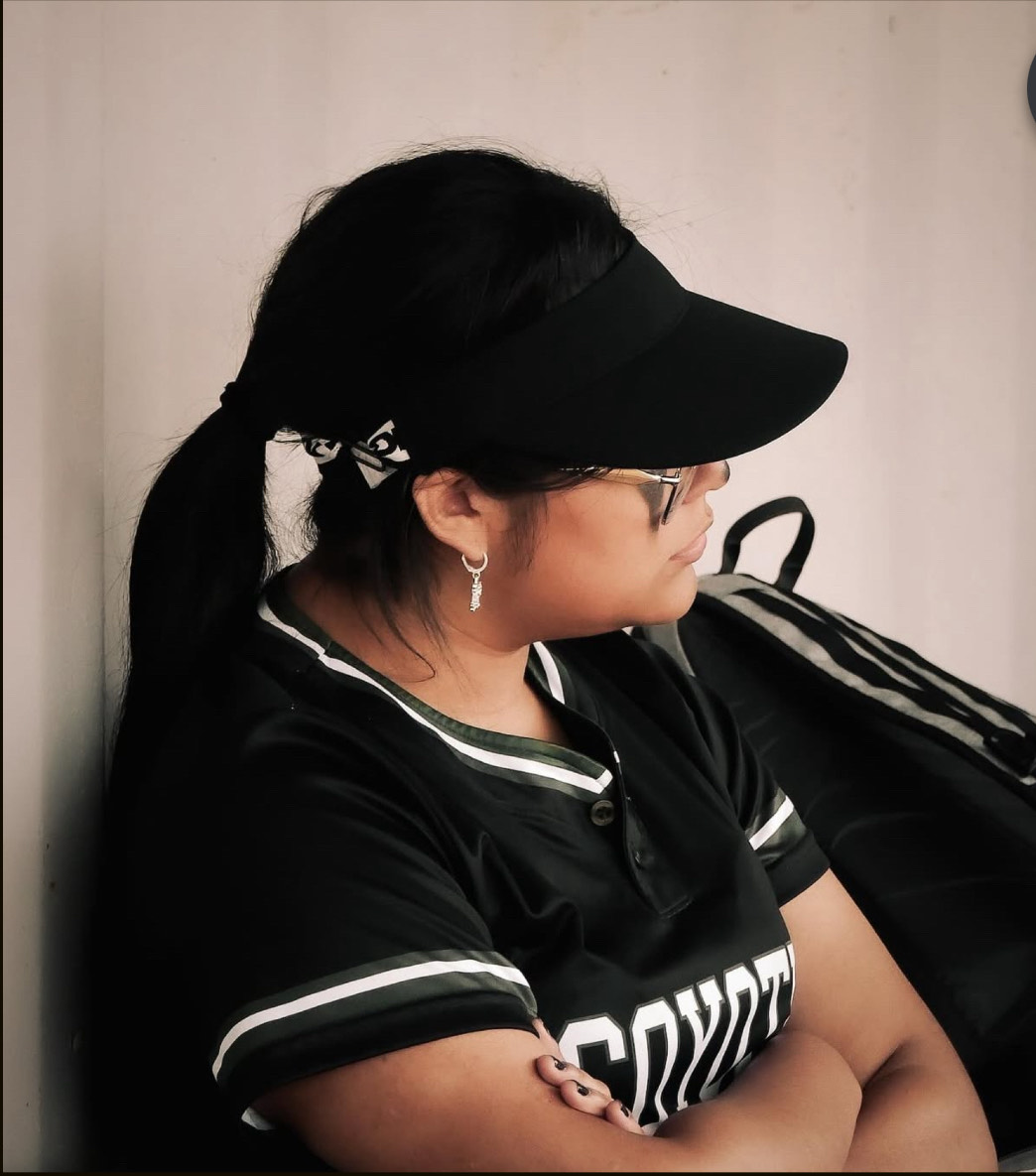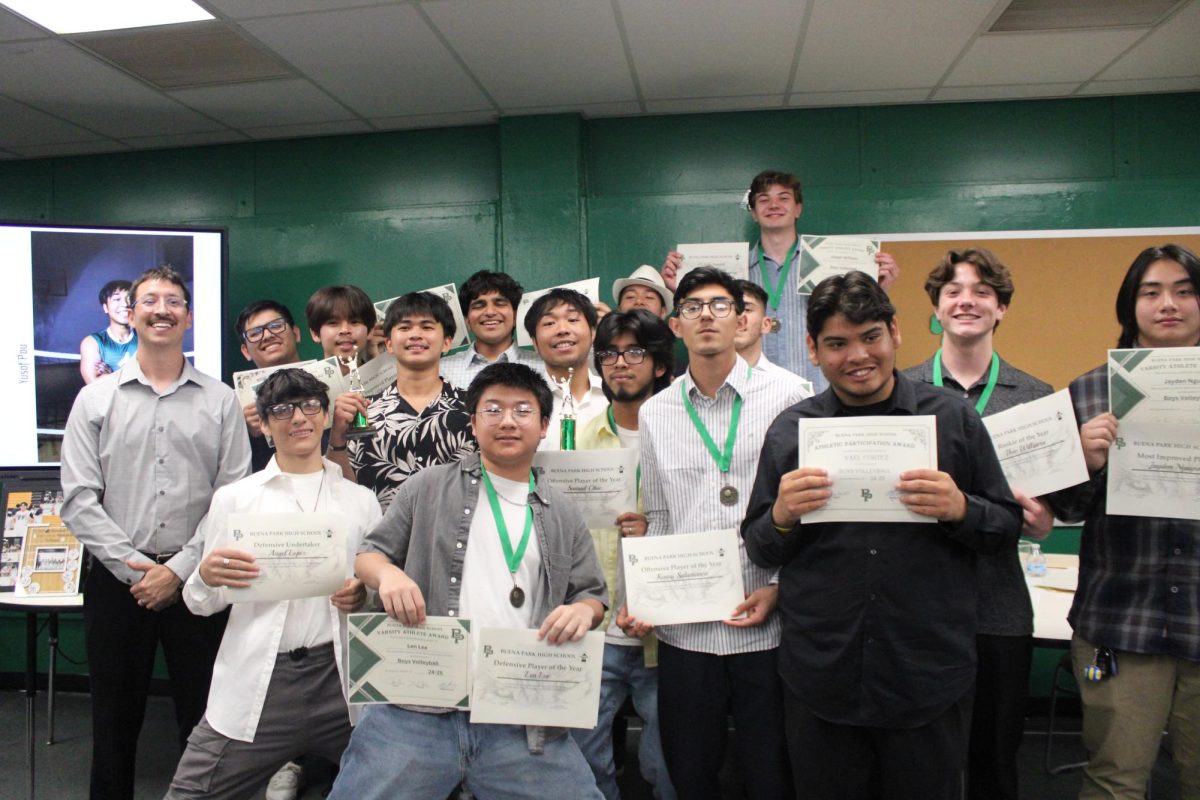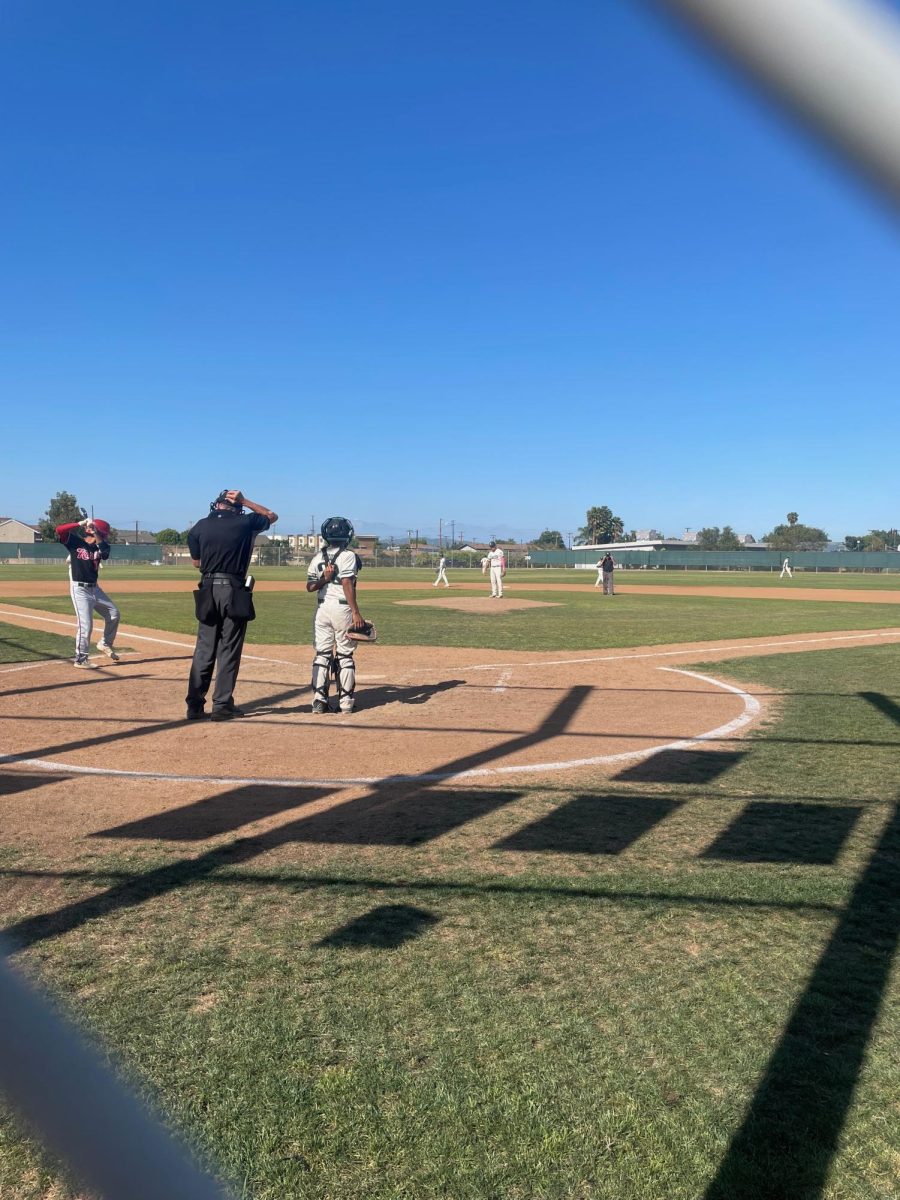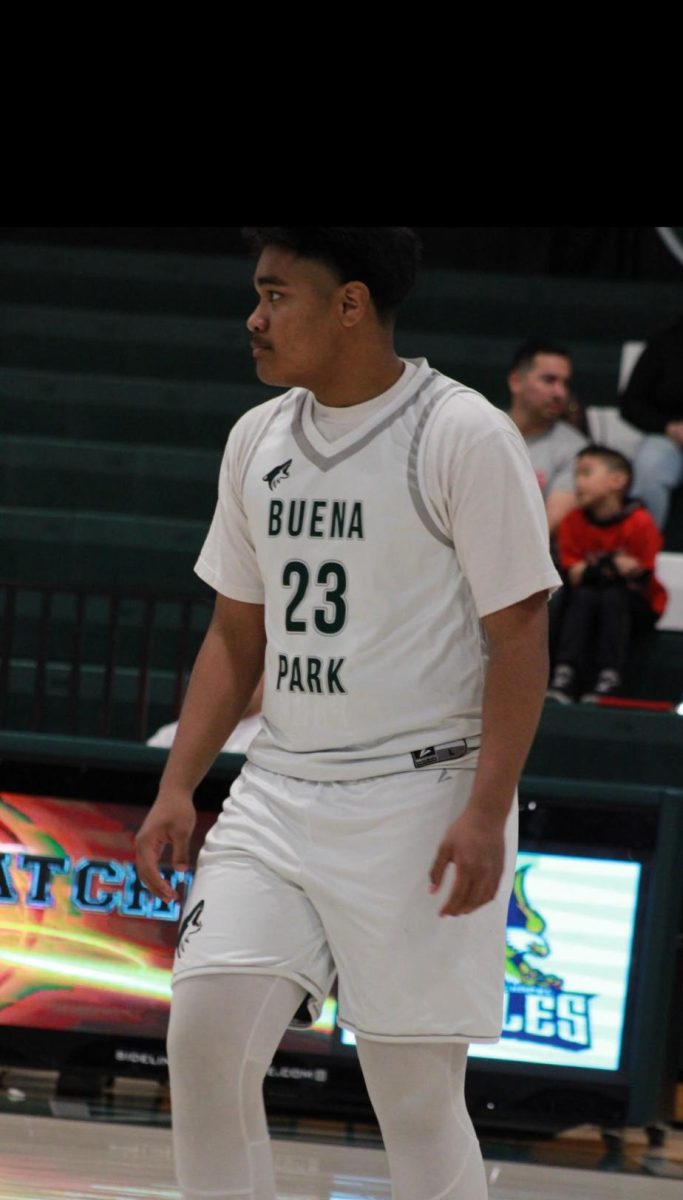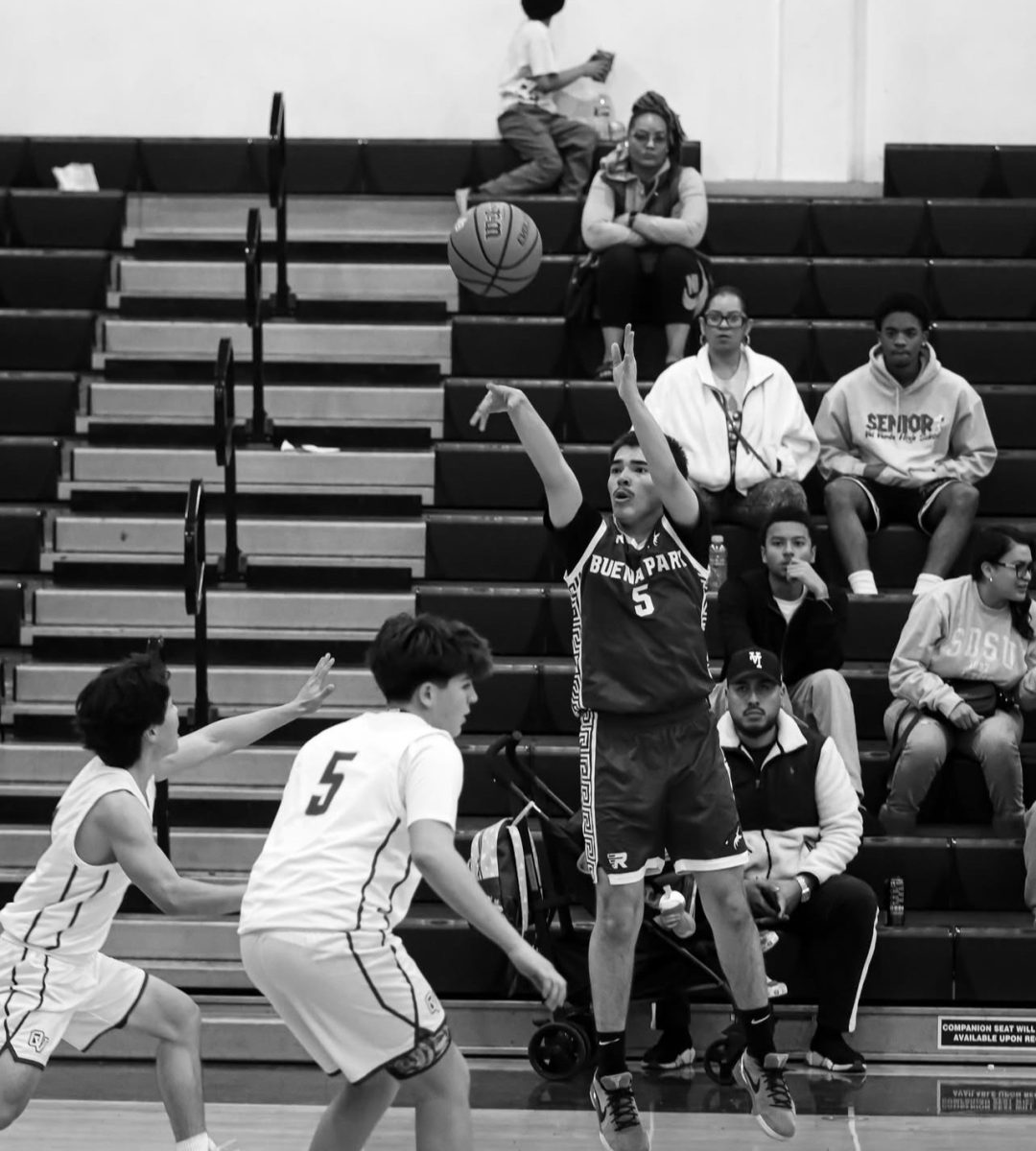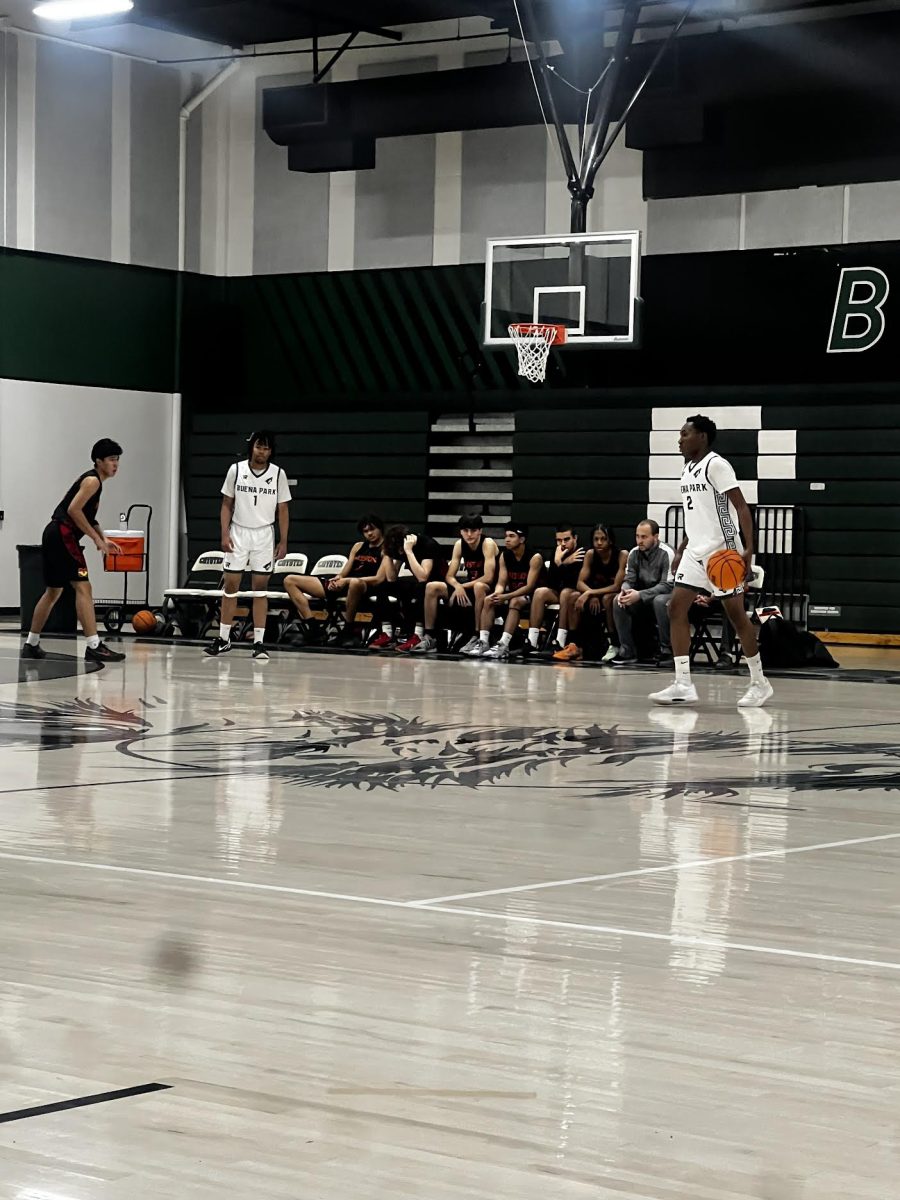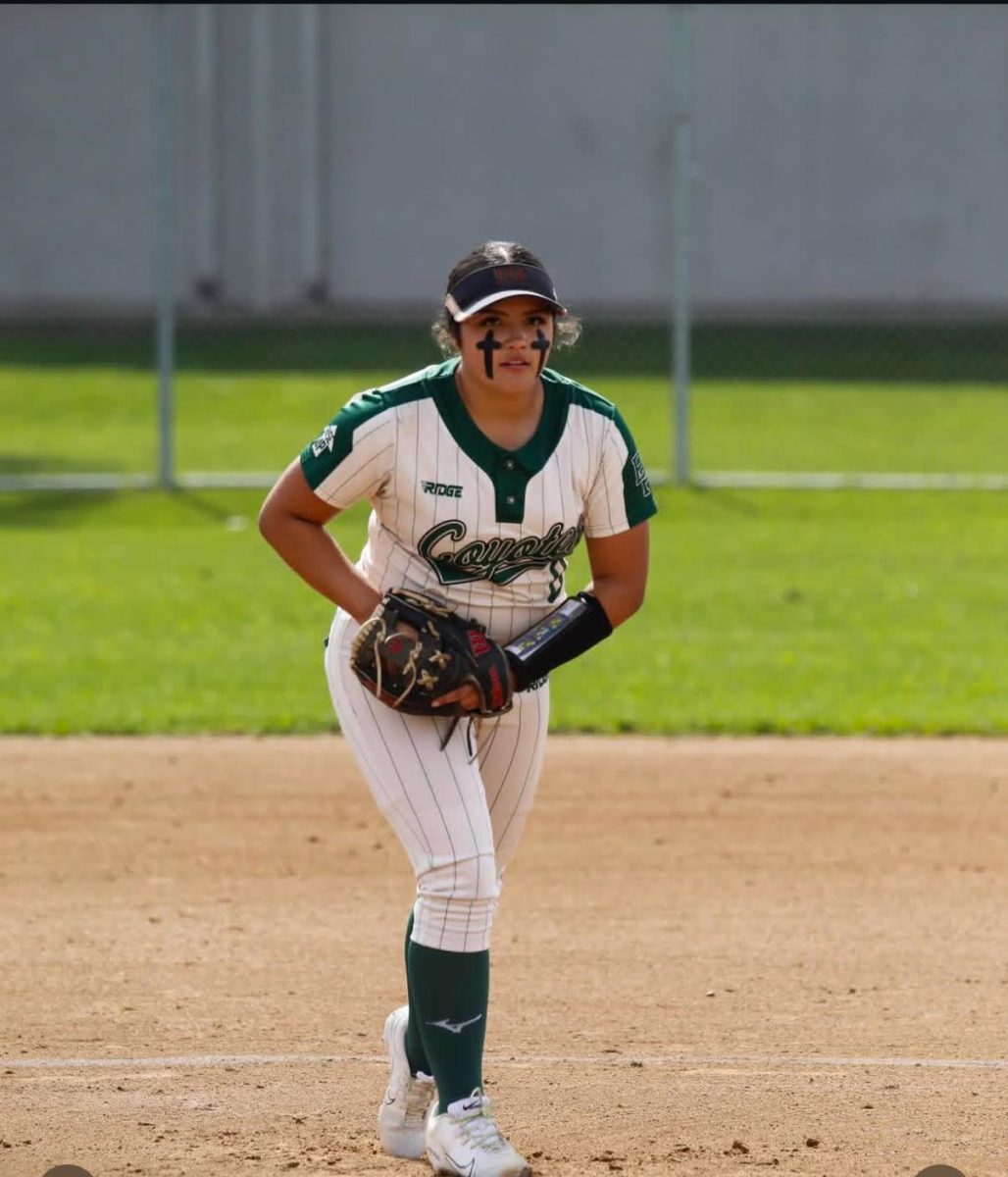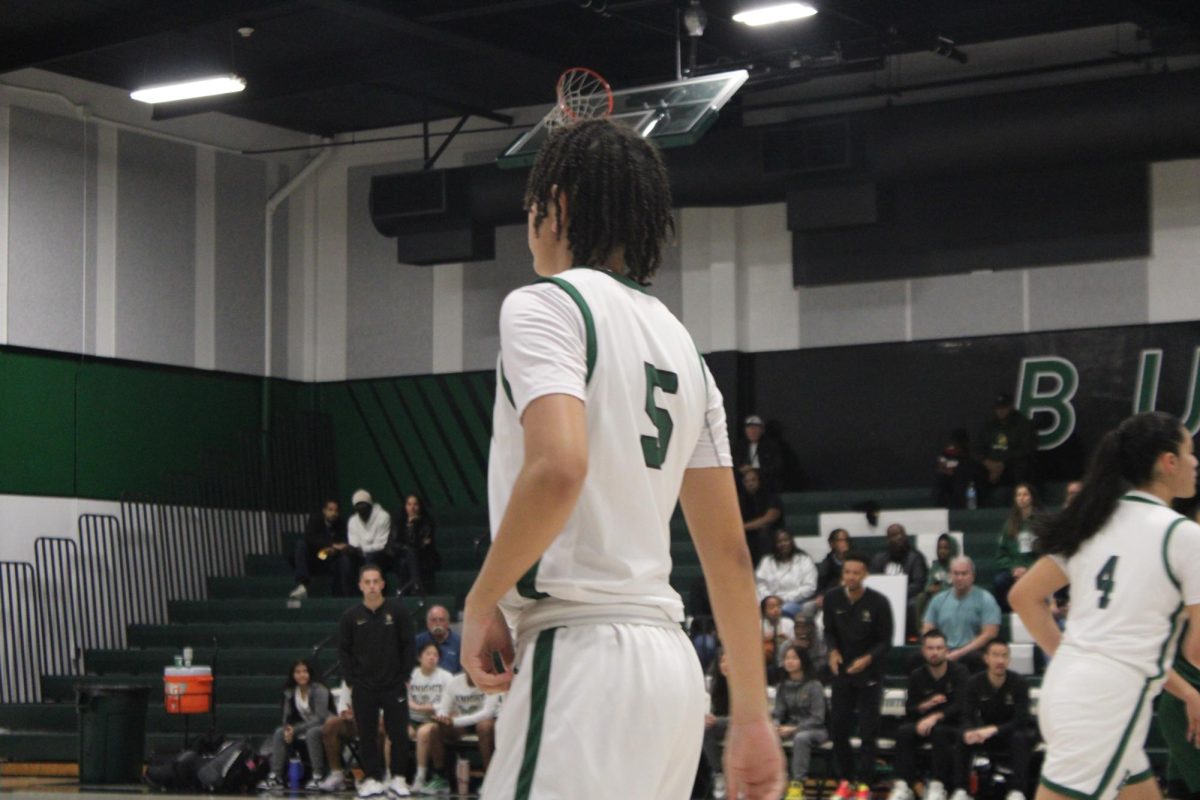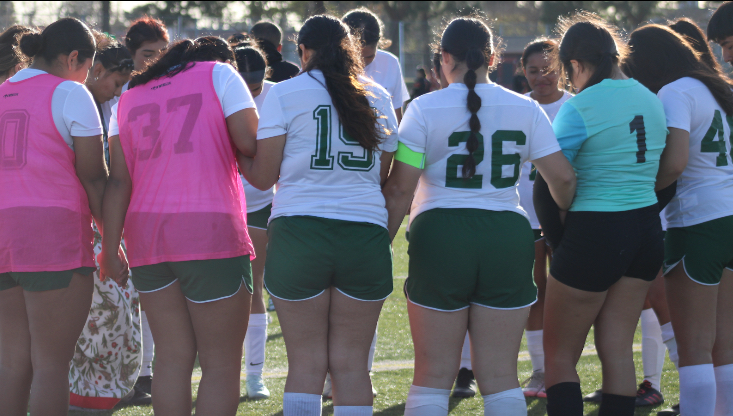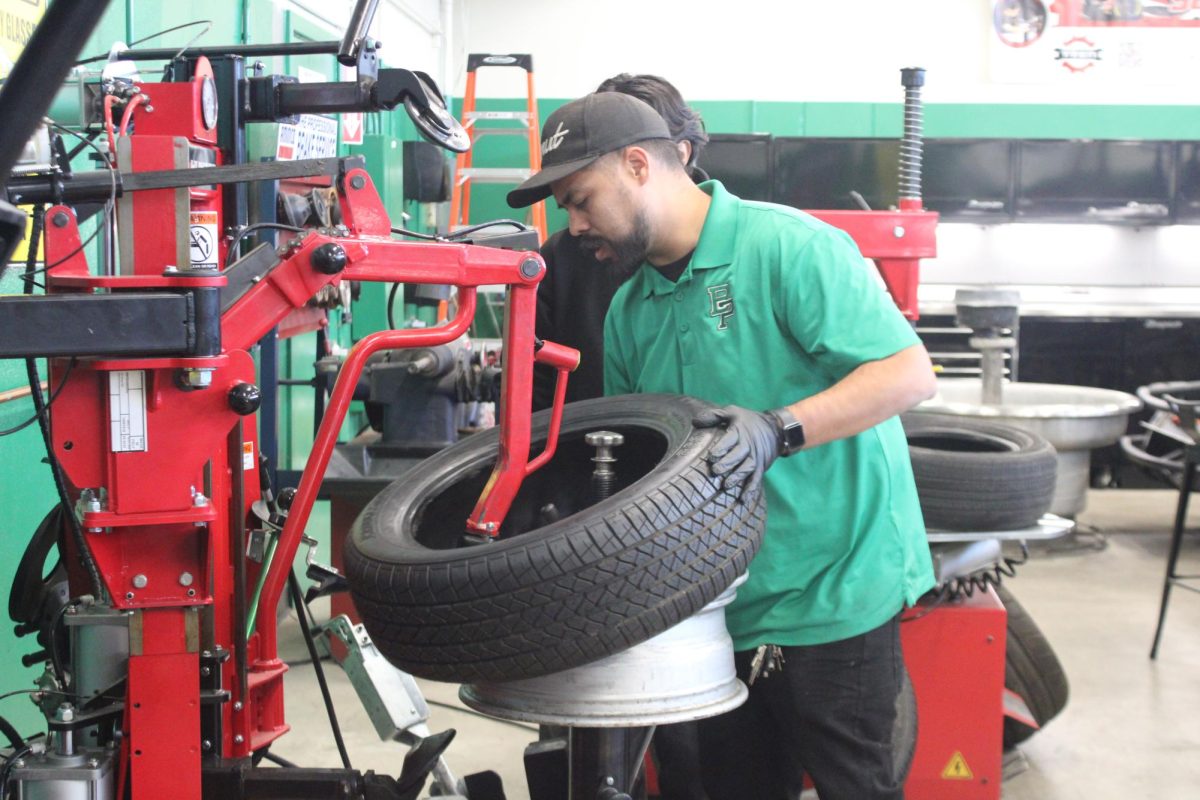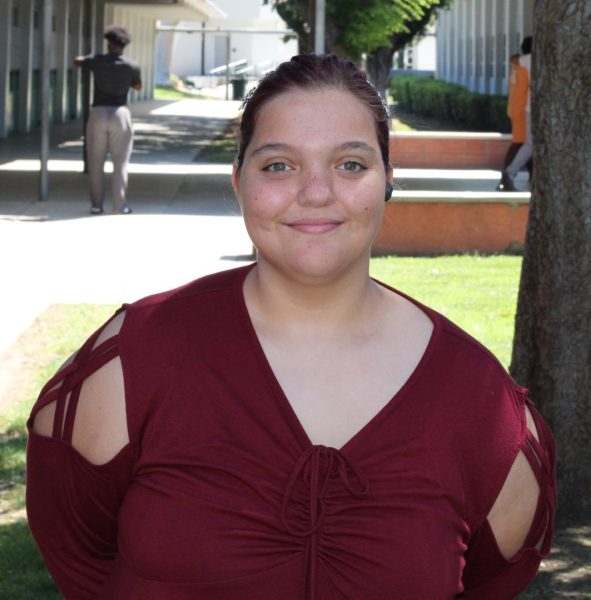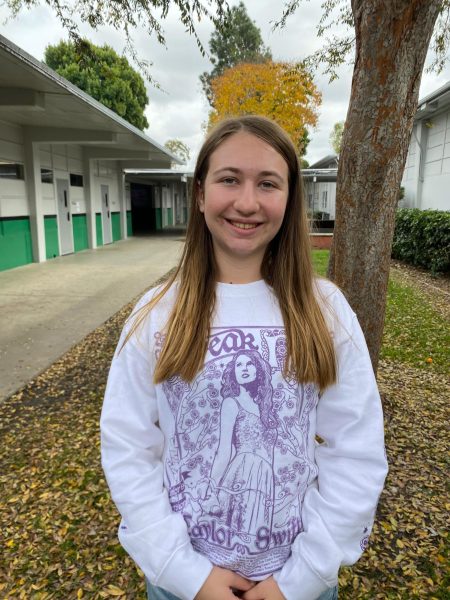This year’s Women’s History Month theme is Women Who Advocate for Equity, Diversity, and Inclusion. This is the month when we recognize all of the aspects of women’s influences. Women’s History Month is about recognizing not just the most popular and impactful women in history but every single woman and the little things they’ve done to shape our society.
Celebrating Women’s History Month can remind people why learning about them and their principal factors in shaping history is important. From politics to entertainment to mothers and caregivers, it’s a chance to reflect on these revolutionary women who’ve welcomed innovation and made way for change.
Everyone has something new and exciting to bring to society, and women are just one of the many groups that have continuously decided to break the status quo and go for what they feel is right, making sure that people hear what they have to say, regardless of how they’ll appear towards society’s norms.
Women’s History Month initially started as International Women’s Day, which takes place on March 8. In 1978 in Santa Rosa, California, they planned and executed a “Women’s History Week” celebration on March 8 to complement Women’s History Day. The county’s celebration slowly started to spread throughout the country and communities started forming their own Women’s History Week celebrations.
Later that year in July, historian Gerda Lerner chaired a 15-day conference on Women’s History at Sarah Lawrence College, and afterward, historians and women’s activist groups started working together to advocate for a National Women’s History Week. Their efforts were successful in February of 1980, when President Jimmy Carter declared the week of March 2-8, 1980, as National Women’s History Week. By 1986, 14 states declared March as Women’s History Month, and the following year the U.S. Congress declared Women’s History Month as an annual federally recognized observance.
Contributions
Ana May Wong:
Ana May Wong was the first Chinese American film star in Hollywood and had a role in one of the first technicolor movies. Though she had to face stereotyping in some of the roles, she was a hard-working actress and worked in over 60 films throughout her career. Today she is cemented in history as a revolutionary actress.
Ana May Wong was born on January 3, 1905, in the Chinatown neighborhood of Los Angeles, CA. She was born Wong Liu Tsong meaning “Frosted Yellow Willows,” but was given the English name Ana May. Her family was originally from Taishan, China, however, they emigrated to California in 1850 and opened a storefront. Wong’s father was born in CA in 1858. After the death of her grandfather, Ana’s dad went to China but came back to the US and married Gon Toy Lee, and together they opened a Laundromat on North Figueroa St in L.A. Wong was born in 1905, the second child of 8 children.
According to The National Women’s History Museum, Wong and her siblings grew up in a diverse neighborhood but were bullied in public school because of their race. Their parents later moved them to a Chinese Mission School where they were treated with respect. Growing up, Wong and her siblings worked in the family’s laundromat, however, Wong always dreamed of becoming an actress. It’s said she would skip class and use her lunch money to go see films. By 11 years old, she came up with the stage name “Anna May Wong”.
Her first role was in 1919 when she was cast as an extra for a film called “The Red Lantern.” She continued to be an extra in movies until 1921 when she dropped out of high school to become a full-time actress. When she was 17, she had her first leading role in “The Toll of the Sea,” an American silent drama where a young woman finds a man floating in the water on a seashore. This movie was a variation of the story “Madama Butterfly.”
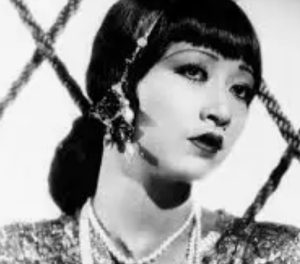
Unfortunately, throughout her life, Wong was subjected to a lot of Racism and Stereotyping. Being asked to play “Stereotypical Asian Chartiters.” She was also limited in what roles she could play, because the laws in the US at that time prohibited interracial kissing to be shown on screen, stopping her from playing lead roles in many romance films. Trying to make films about her own culture, she created “Ana May Wong Productions.” However, it eventually shut down because of the bad business practices of one of her partners.
After the constant discrimination, Wong left the US to continue her acting career and was in many films abroad. Eventually, she was persuaded back to the US by Paramount, promising her leading roles. However, when she came back to the US she was still asked to play stereotypical roles and turn multiple down. She died of a heart attack in 1961, she was 56 years old. She is still remembered today as a trailblazer and an amazing actress. Ever since her death, The Asian-American Arts Awards & The Asian Fashion Designers Group have awards named after her.
Katherine Johnson
Katherine Johnson was a NASA aerospace technologist and mathematician who helped calculate the Apollo 11 mission. She is remembered for being a genius who broke Gender & Racial stereotypes, and being one of the best mathematicians NASA has ever seen. Her story can be seen in the film “Hidden Figures,” which is where I was first introduced to Mrs. Johnson.
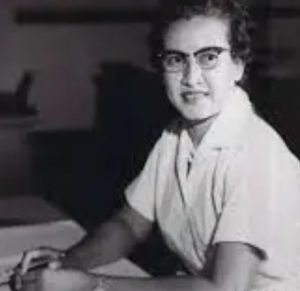
Katherine was born on August 26th, 1918. She was born to two determined parents who wanted all of their 4 children to graduate from college. Unfortunately, Johnson was born during segregation, and because schools were segregated at the time, her family had to move 80 miles to reach a Black High School. However, Johnson was a determined genius, and graduated high school at only 13, then went to the historically Black College West Virginia State, graduating at 18 with a double degree in math and French. Shortly after graduating, she took a teaching position, where she met her future husband, Jimmie Goble. They got married in 1939 and went on to have 3 children.
Unfortunately, after the couple’s house caught on fire, the family found a new start in Newport News, Virginia. This is where her space journey began. During the time of the Cold War, both the US and Russia were competing for the building of aircraft and national defense, which relied on NACA’s (The predecessor to NASA) computers. NACA was looking for women with math experience to complete all the calculations of the male engineers, for this they were nicknamed “The Computers.” Needless to say, Johnson got the job.
Unfortunately, discrimination was still present there. The workspaces for white and black women were separated. However, Johnson was still amazed by looking at all the other black women professionals. One day, after proving herself to be one of the biggest and brightest, she was taken into an office full of white men and asked to look over a set of calculations. She caught an error and showed her excellent knowledge of mathematics, the men wanted Johnson to stay on her team.
Working at NACA, Johnson refused to obey unfair segregation rules. She would not follow the segregated bathroom or cafeteria policy. She also fought her way into being permitted into high-level briefings. Unfortunately in 1956, Jimmie died of a brain tumor, in her grief, Johnson turned to her children and work. And the work never stopped. This is the time when NACA turned into NASA, in an attempt to put Americans in space (and later on the moon to beat Russia). Johnson was a key part of all of this. However, on the day of the moon landing, Johnson was attending a high school reunion. Afterward, Katherine started working on calculations on sending a human to Mars. Johnson retired in 1986, received the Presidential Medel of Freedom in 2015, and passed away in 2020 at the age of 101. To this day, Johnson is still recognized as a powerful, determined, and genius woman who broke the mold and defied the rules to do something truly spectacular.
Rosa Parks
The woman most known for refusing to sit in the back of the bus, Rosa Parks was an integral part of the Civil Rights movement, a fighter, and a woman who has earned her spot in the history books.
Rosa Parks (Born Rosa Louise McCauley), was born on February 4th, 1913 in Tuskegee, Alabama. Growing up in the segregated southern U.S., she was faced with lots of discrimination and violence due to her race. This led to her from a young age becoming an activist for civil rights. When she was young she attended an industrial school for girls, and later enrolled at Alabama State Teachers College for Negroes (Now Alabama State University). Unfortunately, she had to leave later due to her grandmother falling ill.
At 19 she married Raymond Parks, a barber, and together they would fight to end injustice and took part in many civil rights organizations. Later, Rosa became secretary of the National Association for the Advancement of Colored People (NAACP). December 1st, 1955 was the day that Rosa Parks was arrested, also causing her to lose her job, for refusing to sit in the back of the bus. This triggered the 13-month-long Montgomery Bus Boycott, which ended with the Supreme Court ruling that segregation on buses was unconstitutional.
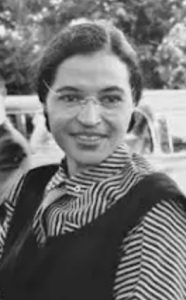
After the boycott, she and her husband moved to Hampton, Vergina, and finally settled down in Detroit, Michigan. Both she and her husband continued to work with social justice organizations. Rosa Parks died on October 4th, 2005, at 92 of natural causes. But her legacy and actions still echo today.
Ruth Bader Ginsburg (R.B.G)
As the second woman and first Jewish woman to serve in the Supreme Court, it is safe to assume she was quite a hard-working woman. Throughout her life, she broke gender barriers and inspired millions of women all over the country. Even today, seen as revolutionary, not allowing gender discrimination to stop her.
RBG was born on March 15th, 1933 in Brooklyn, NY. Born to a Jewish family, her parents highly valued education, attending Cornell University after high school. In 1954, she graduated with a bachelor’s degree with high honors in government, also that year, married Martin D. Ginsburg and later had two children together. After Cornell she went to study at Harvard Law, where there were only 9 women in a class of 500, often facing discrimination and exclusion. For her final year of law, she transferred to Columbia Law, where she graduated top of her class.
Even with these amazing academic achievements, it was hard for her to find work thanks to Sexism and anti-Semitism. She states “In the fifties, the traditional law firms were just beginning to turn around on hiring Jews. But to be a woman, a Jew, and a mother to boot, that combination was a bit much.” She eventually was accepted as a Law Clerk for Judge Edmund L. Palmieri, where she served until 1961.

Later, RBG became a professor of law at Rutgers University School Of Law. Around this time, she was an integral part of the creation of The Women’s Rights Project. After she went back to Columbia Law School and became the first woman hired with tenure and also served on the ACLU national board of directors. Then, under President Jimmy Carter, she was appointed to the United States Court of Appeals for the District of Columbia Circuit in 1980. After serving in that spot for 13 years, she was nominated and later appointed to the Supreme Court. She took her seat as a Justice on August 10th, 1993. During her time in The Supreme Court, she worked hard for gender equality. Handling cases like United States v. Virginia to rule that a woman could not be rejected based on gender from the Virginia military school and Ledbetter v. Goodyear Tire & Rubber Co. which grappled with the gender pay gap. Ruth Bader Ginsburg Died on September 18th, 2020 at age 87.
Today she is still recognized as a trailblazer for women in government and education. She worked hard to earn the respect and admiration of her colleagues and the public alike.
Malala Yousafzia
Malala Yousasfzia is a social activist who drew global attention to the threat to girls’ education in her home country of Pakistan. She raises funds to bring awareness to the social and economic impact that education has on girls and hopes to empower all girls to fight for change and rights. However, none of this stuff came easy for her, she had to overcome many obstacles and bounce back even at the hardest of times.
In 2012, Malala became an international symbol for the rights of girls in education after being shot in the head for opposing Taliban restrictions on female education in her home country. This incident brought tens of thousands of people to rally in Pakistan’s largest city to show support for Malala and to fight for girls’ education. She became known as a beacon of knowledge and the daughter of the nation, as stated by Hussain.
While this attack on Malala and the nation was meant to impose fear among the nation to discourage anyone from fighting for education rights, it only instilled educators with courage and made their schools in Pakistan safer. Malala made a speech saying how instead of letting the bullets silence her and the nation, they only had her weakness, fear, and hopelessness die while her strength, power, and courage were born.
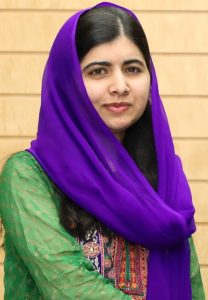
Malala Yousafzia has earned many awards and many recognitions for her achievements and movement. However, some of the biggest awards that she has received have been the United Nations Prize in the Field of Human Rights in 2013, the Glamour Award for the Girls’ Hero in 2013, and the Nobel Peace Prize in 2014. In 2014, at age 17, Malala became the youngest Nobel Prize Laureate up to that time. As stated by Ban Ki-moon, Secretary General of the United Nations, Malala is a Woman of the Year because, “By targeting her, extremists showed what they feared most: a girl with a book. Malala embodies the power of education to build peace. She is truly a role model for the world.”
Malala Yousafzia continues to fight for the right to girl’s education to ensure that all girls receive 12 years of free, safe, and high-quality education. She travels around the world to meet girls who are going through tough and challenging times, such as poverty and gender discrimination, to encourage them to continue to go to school. Malala’s fund aims to tell as many of their stories as possible, to make sure that their voices are heard around the world just like hers was.
Frida Kahlo
Frida Kahlo is considered one of Mexico’s greatest artists, who was mainly known for brilliantly bright portraits that conveyed themes such as identity, the human body, and death. Frida Kahlo is significant because she was able to capture her thoughts, emotions, and viewpoints in a way that was out of the ordinary in her time. She was also an active political figure who devoted much of her time to the Mexican Communist Party and other social issues, which she was able to capture through her artwork. Through her artwork, she was able to capture the Mexican and indigenous culture and her attention to the female experience and form, which is still celebrated in Mexico today.
In 1925, Frida Kahlo got in a terrible accident, where a metal rod pierced through her body which left her in great pain. She had to have over 30 operations in her lifetime. A year later, she sketched the accident. While still in bed recovering, her father built her an easel for her hospital bed so that she could still paint, and she painted mainly self-portraits as a way to escape and a way for her to visually see everything going on in her mind. She’d continue to paint portraits from the inspiration of the many different artifacts and aspects of Mexico.

Frida Kahlo became an activist through her art. She was against feminine ideals that she faced in her society and conveyed that through her artwork. Frida Kahlo often got made fun of for her unibrow a faint mustache, which at the time was considered to be masculine. She embraced it and made it part of her art and identity. By doing so, she was able to break barriers for many women and show them how they can do whatever they want regardless of what society claims to be idealistic. She did not only do artwork that reflected herself but she was able to look into different perspectives and do her artwork on that. For example, in her painting “Henry Ford Hospital,” she explains the emotional pain that a woman goes through after having a miscarriage. By doing art like this, she was able to not only show and express herself, but she give other women the opportunity to understand themselves at a higher level.
In 1946, Frida Kahlo received the National Prize of Arts and Sciences, an award given in Mexico by the Ministry of Public Education. Although that’s the only award that she earned in her lifetime, she has been widely recognized since her death, with many of her artwork portrayed in Museums, her artwork has inspired over 65,000 websites and even fashion designs.
Unfortunately, due to her tragic accident, she was mainly bedridden and her illness worsened by the day, until she died at the age of 47, in 1954.
Valentina Tereshkova
Valentina Tereshkova was the first woman to travel into space in 1963 in the spacecraft Vostok 6, at the age of 26. On February 16, 1962, there were a total of 400 applicants, and 5 of them were picked and Valentina Tereshkova was one of them. Her mission lasted for three days and had logged more flight time than all the US Mercury astronauts who’d flown to that date combined.
Valentina Tereshkova has earned many awards from her trip into space, including the Order of Linen and Hero of the Soviet Union Awards. The Order of Linen is the highest award of the Union of Soviet Socialist Republics (USSR). It is awarded when one gives outstanding service in different areas of building socialism and to people who’ve contributed significantly to the country’s defense. She also became a spokesperson for the Soviet Union and during this role, she received the United Nations Gold Medal of Peace.

After her flight, Valentina Tereshkova became a prominent member of the communist party and a representative of the Soviet government at several international women’s organizations and events. She graduated with distinction from Zhukovskiy Military Air Academy 5 years after her flight. She also became a member of the World Peace Council in 1966, the Yaroslavl Supreme Soviet in 1967, and the Council of the Union of the Supreme Soviet from 1966-1974, and then got elected to the presidium of the Supreme Soviet in 1974.
When the Soviet Union collapsed in 1991, she lost her political standing and left the space service in 1997. She appears in public very rarely, and when she does it’s usually space-related events. Her pioneering career helped pave the way for future ventures in exploration and will continue to remain an important part of history.
These are just a few of the incredible women who have shaped our society into what it is today. All these women started with just a small act and turned it into something bigger that impacted many people. These women seized every opportunity that came their way to make their voices heard and rewrite the wrongs. However, these women couldn’t have done it without the help of everyone around them who helped support them and their cause. Everyone’s actions, big or small, are especially important when it comes to activism and societal causes because when everyone works together, they can make a real change and be able to wake people up from the ignorance that they’ve been surrounded by their whole lives.
I think Women’s History Month is an especially important month that reminds people of why we’re given the opportunities that our society offers us and lets us show our gratitude towards the people who’ve made them possible. It’s a month that reminds us that anything is possible and that even the smallest actions can make a big difference. It lets us appreciate all the women in our life who’ve made a difference in our lives and have made us the person that we are today.
